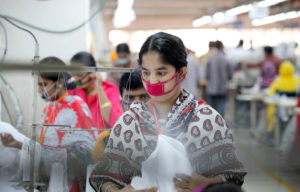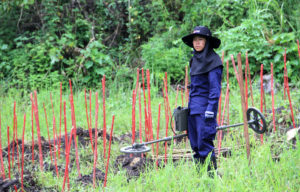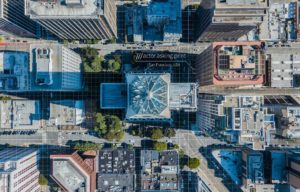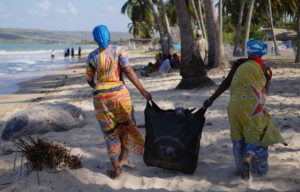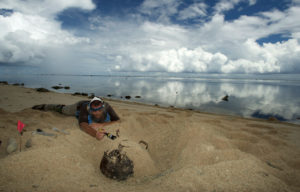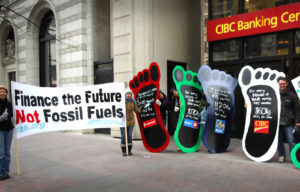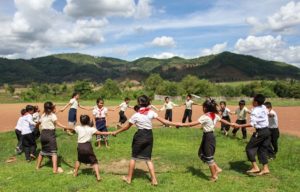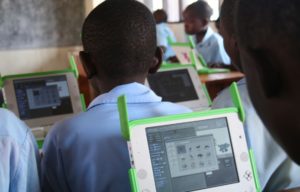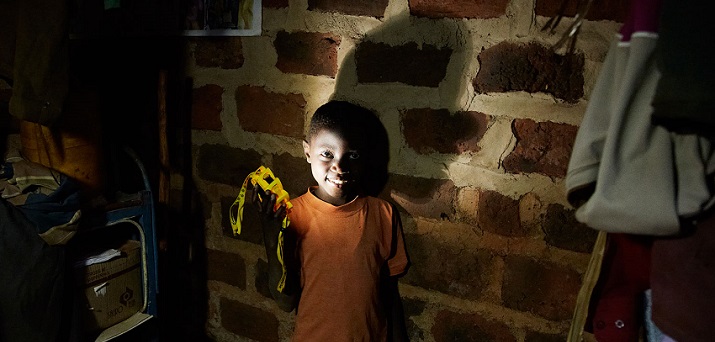
Photo: Pernille Bærentsen
24.000 Danish Solar-powered Lamps Glow In Uganda
More than 80 per cent of the population in Uganda have no electricity and therefor have to use dangerous kerosene lanterns. A simple solar-powered lamp now provides thousands of homes with light, and more lamps are on their way from Denmark.
Share
Light in Africa
Energi Nord A/S’ customers contribute to the lamps in Uganda through wind power in Denmark. Little Sun is sold throughout the West, including Denmark. This has funded that thousands of sunlamps have been sold cheaply in countries like Ethiopia, Zimbabwe and Uganda.
Link to Light In Africa (Danish)
Other categories
Region: Africa
When the time is past 7pm it is dark in Uganda. Pitch dark. And it stays like this until next morning at 7am, since this East African country is close to the equator. More than 80 per cent of the population of Uganda have no access to electricity, so to light up their small huts many people light a small fire or a small kerosene lamp made of tin. Both light sources are dangerous and harmful to health and environment. Respiratory tract infections from smoke are one of the most frequent causes of death. Moreover, a year’s supply of kerosene costs 150,000 Ugandan shillings, which corresponds to 350 Danish Kroner. This is a lot of money for a poor family in the countryside who very often live off their land.
Light for homework and income
Back in 2010, a Danish company, Energi Nord A/S, decided to find a solution to this. The result was a project called ‘Light in Africa’ that so far has sent 24,000 solar-powered lamps to Uganda. Marketing Coordinator Heller Pasgaard conceived the idea of ‘Light in Africa’. She has travelled to Uganda herself on several occasions to follow the project.
‘On my journeys I have heard many reports of how children’s eyes no longer hurt from doing their homework and how their cough has disappeared’,explains Helle Pasgaard.
The lamp, called ‘Little Sun’, has been developed by the Danish-Icelandic artist, Olafur Eliasson, and Frederik Ottesen, an engineer. After a whole day of charging, the small portable light source can glow like an angle poise lamp for three hours and thereafter with a softer light. The light enables children to do their homework during the evening, while the adults can make things to sell at the market.
‘Those who have stores can stay open for longer and thus earn more money for the family, because the light attracts customers’, addsHelle Pasgaard.
Not emergency aid
Energi Nord cooperates with the Nordic Folkecenter for Renewable Energy and the local environmental movement, JEEP, in developing the lamp project, and it partly because of advice from the Ugandan partner that the lamps are not distributed, but sold for 35 Danish Kroner, which people save up for.
‘This is not emergency aid, and therefore people are not just given the solar-powered lamps. When people pay for the lamps, they take better care of them and fix them if they break’,says Helle Pasgaard. This approach helps ensure that the good results will persist in the future. Local lamp repairers are being trained, and in this way Little Sun lamps are also creating new jobs in Uganda.
